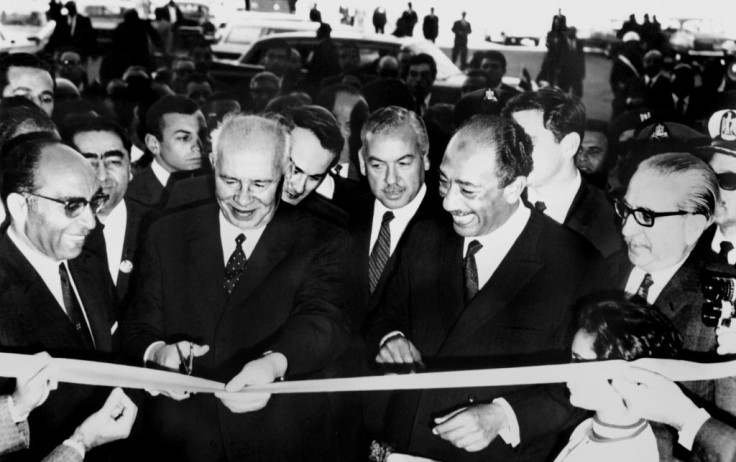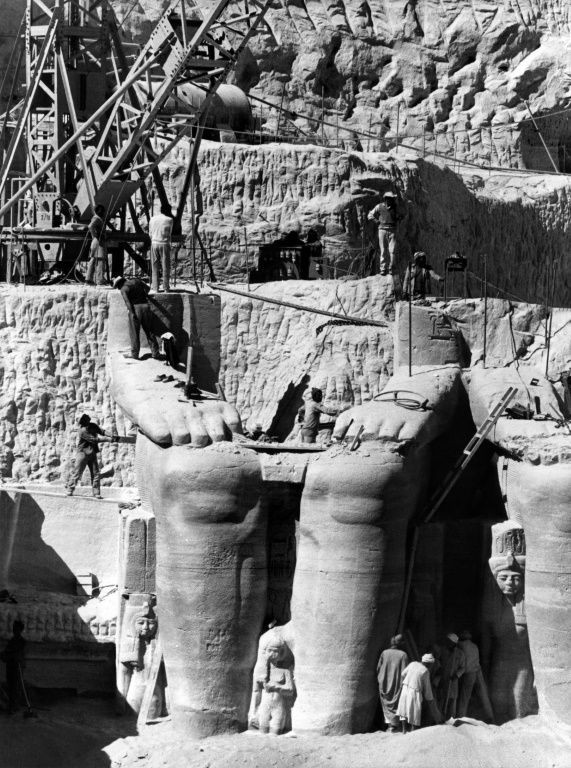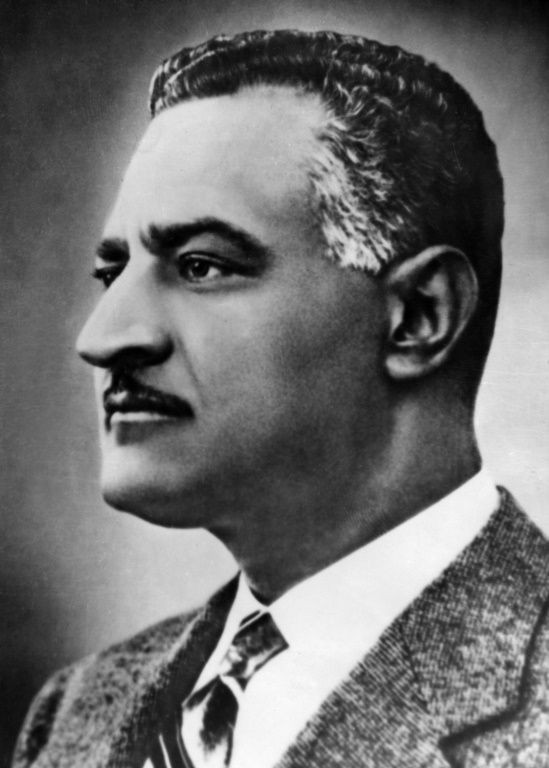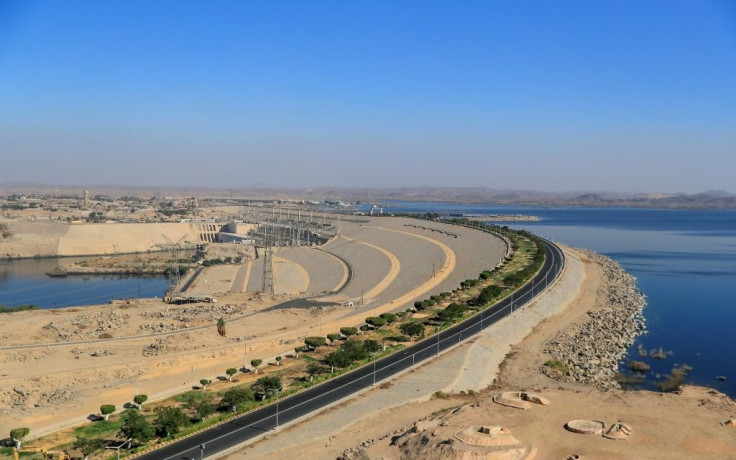Aswan High Dam: Nasser's Dream, Nubian Nightmare
It was the dream of Egypt's pan-Arab nationalist president Gamal Abdel Nasser, but the inauguration of the Aswan High Dam 50 years ago came at a big cost.
Opened on the mighty Nile on January 15, 1971 with the help of the Soviet Union at the height of the Cold War, the dam was to generate electricity for the whole region, increase agricultural land and reduce flooding.

However, its construction led to the expulsion of tens of thousands of indigenous Nubians for the creation of a huge artificial lake, that also threatened hundreds of ancient monuments.
Pharaonic and Greco-Roman temples, including those of Rameses II at Abu Simbel, risked being submerged.
Opponents also complained that the project reduced both the amount of Nile silt that fertilised the land when the river flooded and the size of the fertile Nile Delta, the country's breadbasket.

Since seizing power in 1954 after ousting General Mohamed Naguib, Nasser had dreamt of a mega-project to make a dam on the Nile, which would allow him to increase Egypt's cultivable land by a third.

The British had already built a dam at Aswan during the colonial era in 1902, but the country's rocketing population had outgrown it.
But in 1956, the United States and Britain withdrew a pledge to fund the construction of the Aswan High Dam after Egypt moved closer to the Soviet bloc.

In retaliation, Nasser nationalised the Suez Canal, sparking a crisis in which Britain, France and Israel united to attack Egypt, before being forced to pull out in humiliation after 10 days of fighting under pressure from Washington.
But Moscow stepped in to finance the dam.
On January 9, 1960, Nasser launched the building work, setting off a 10-ton dynamite explosion.

Four years later, Nasser and Soviet leader Nikita Khrushchev together officiated over the flooding of the dam, with Nasser pointing to "a lasting symbol of friendship" with the USSR.
But the project necessitated one of the world's biggest archaeological rescue operations ever, with a massive ancient Egyptian temple complex dismantled and hoisted to higher ground to prevent it being swamped by the rising waters.
The original site is today completely submerged by Lake Nasser, and the Nubian population was forced to flee its "Garden of Eden" along the fertile Nile for the arid south or the cities.
The two Abu Simbel temples -- named after their village location -- were carved out of cliffs overlooking the Nile from 1298 BC to 1235 BC.
The groundbreaking UNESCO-led project to relocate around 20 gigantic monuments ended in the autumn of 1968, after an eight-year international effort involving hundreds of workers.
On January 15, 1971, three months after Nasser's death, his successor Anwar al-Sadat inaugurated the High Dam at a ceremony, which took place under an enormous triumphal arch.
Portraits of Nasser hung on each side of the dam, which also houses a giant hydro-electric plant with 12 turbines.
The dam can hold more than 160 billion cubic metres (5,650 billion cubic feet) of water per year in Lake Nasser.
Its turbines produce 10 billion kilowatts of electricity, to this day around half of the country's power supply.
For 11 years, 36,000 Egyptian workers and more than 2,000 Soviet experts toiled on the dam. The USSR paid 40 percent of the building cost, while the remainder was paid with Egyptian cotton.
© Copyright AFP 2024. All rights reserved.





















